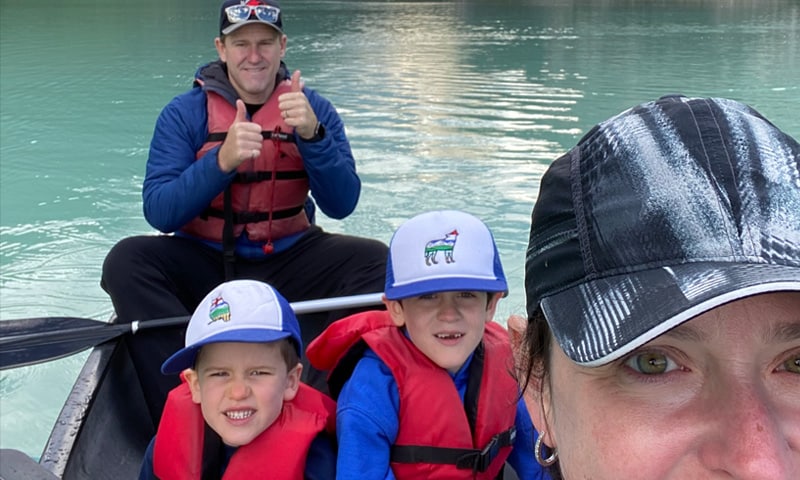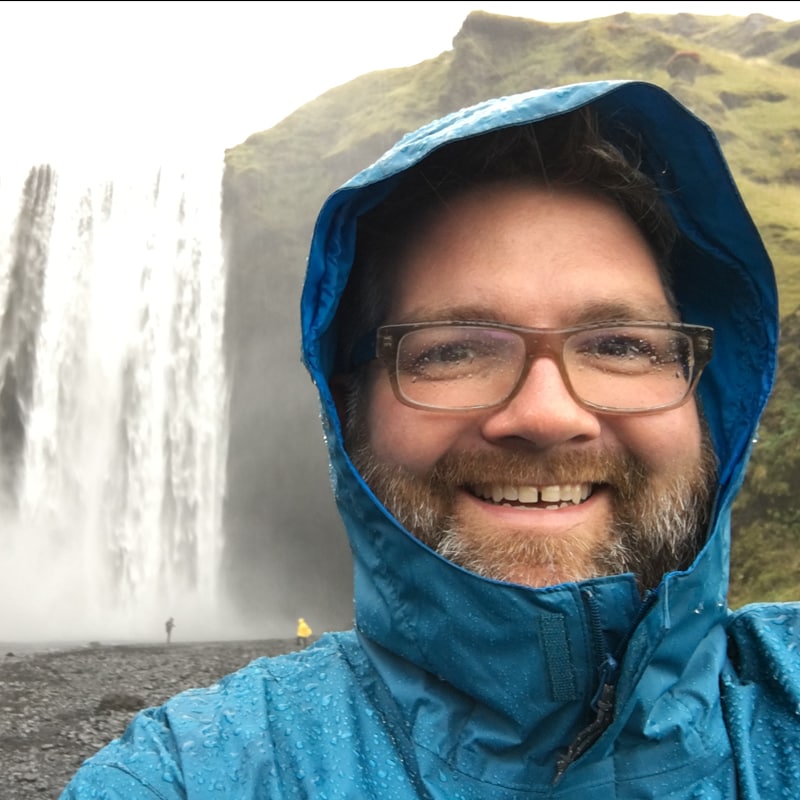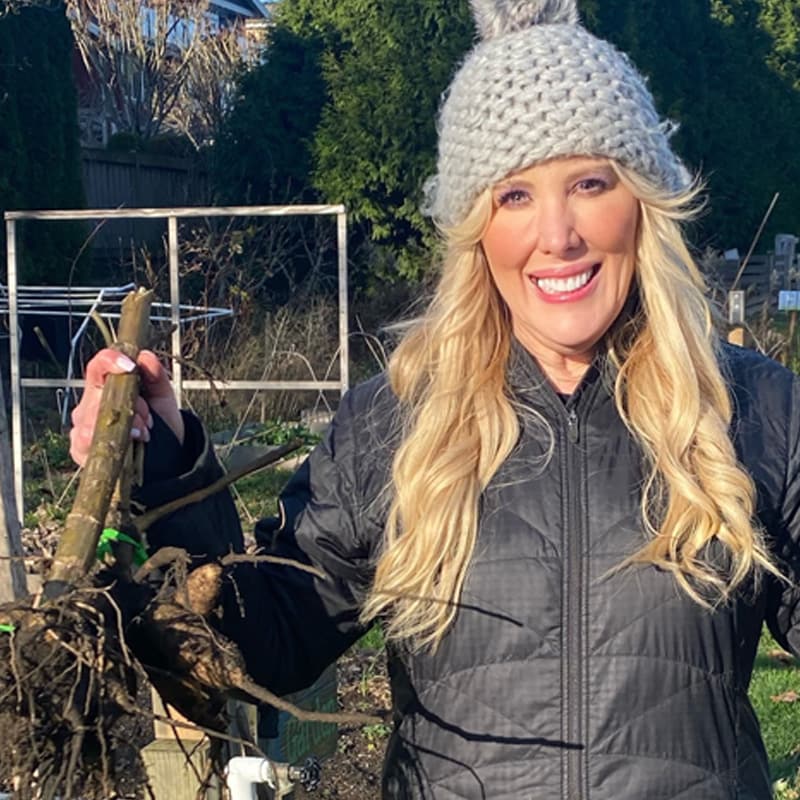Andrew’s climate journey began as an undergraduate mechanical engineer, when he learned to combine science and creative thinking to tackle real-world problems like decarbonization.
“My interest in solving decarbonization challenges led me to take on projects to design and build solar and electric cars. I learned about electric motors’ technical advantages, performance benefits, and potential to decarbonize traffic. That's when I became sold on transport electrification.”
“While working on my MBA, I read a fascinating paper on green supply chains, which steered me to work in supply chain consulting. It was at the time of record oil prices in 2008. For many businesses at that time, cost savings were the primary impetus for building sustainable supply chains. Conversely, businesses today compete on their sustainability value proposition to attract customers, employees, and investors.”
“I learned about electric motors’ technical advantages, performance benefits, and potential to decarbonize traffic. That’s when I became sold on transport electrification.”
—Andrew Jennings
When Andrew worked on designing an electric car in university, its battery was his biggest technical challenge.
“Our car needed a separate trailer for a big lead-acid battery. Fast forward to today's generation of batteries powering electronics and vehicles—they have much higher capacities and efficiencies and are longer-lasting. Progress and breakthroughs in tech like these are highly motivating.”
Along with following tech trends, Andrew finds inspiration in the growing number of organizations that are prioritizing sustainability.
“You can imagine the carbon-intensity of maritime shipping. We work with container terminal operators who are making significant investments to decarbonize their operations and develop green shipping corridors. It’s inspiring to see their forward thinking on the net-zero challenge.”

Enjoying a close-up view of the Red Footed Booby, Galapagos Islands
Andrew's team supports clients as they work to make their supply chains sustainable in five core areas: responsible partnerships, circularity, scope 3 emissions, fleet electrification, and sustainability goals.
“Shaping responsible partnerships helps clients understand their tier-one suppliers, and their tiers two and three. Are they compliant with current labour laws and company policies, including sustainability, environmental, social, and corporate governance (ESG)?”
“Enabling circularity identifies ways to make supply chains circular and more sustainable. Traditional supply chains involve material production, utilization, and landfill disposal. Designing circular supply chains—whether at the government, municipal, or firm level—is about minimizing the use of raw materials and discarded waste by repurposing them into new products. The tire industry, for example, is looking at ways to recover customers’ used tires and recycle them into new ones.”
“Scope 3 emissions often represent most of an organization’s total greenhouse gas (GHG) emissions. We help clients understand, measure, and identify opportunities to reduce their value chain emissions. For many companies, gathering data to build a solid understanding of their scope three emissions requires significant and dedicated resourcing.”
“Fleet electrification helps clients understand how they can electrify their fleets to improve operations and profitability, navigate the technology landscape, learn about the products available in the market, and receive advice on grants and incentives. Our recent report,“Scaling solutions: Accelerating the commercialization of made-in-Canada clean technology,” includes a readiness framework to guide investment decisions.”
“Impact-driven supply chains are designed to meet our clients’ sustainability goals. We can support clients with network optimization, planning, or provide visibility and traceability of products to optimize the regions or products aligned to their sustainability goals or how they want to invest in their supply base.”

Canoeing with his family, Lake Louise, Alberta
“There are two aspects to the role of supply chains and ensuring an equitable transition for Canada. First, organizations must embrace an inclusive procurement strategy that widens their pool of potential suppliers to include under-represented groups such as Black, Indigenous, people of colour, and women-owned businesses. This step drives ESG goals and can improve supply chain resilience, innovation, and cost competitiveness. Second, there’s an implication that as the economy decarbonizes, certain high-emitting industries, such as those focused on hydrocarbons, will be left behind. However, we cannot exclude the stakeholders in these industries—they must be part of the solution.”
When asked about his vision for the future of supply chains, Andrew believes they should be sustainable and resilient in planning and optimization. They must also be flexible and responsive to cope with sudden changes in the market.



